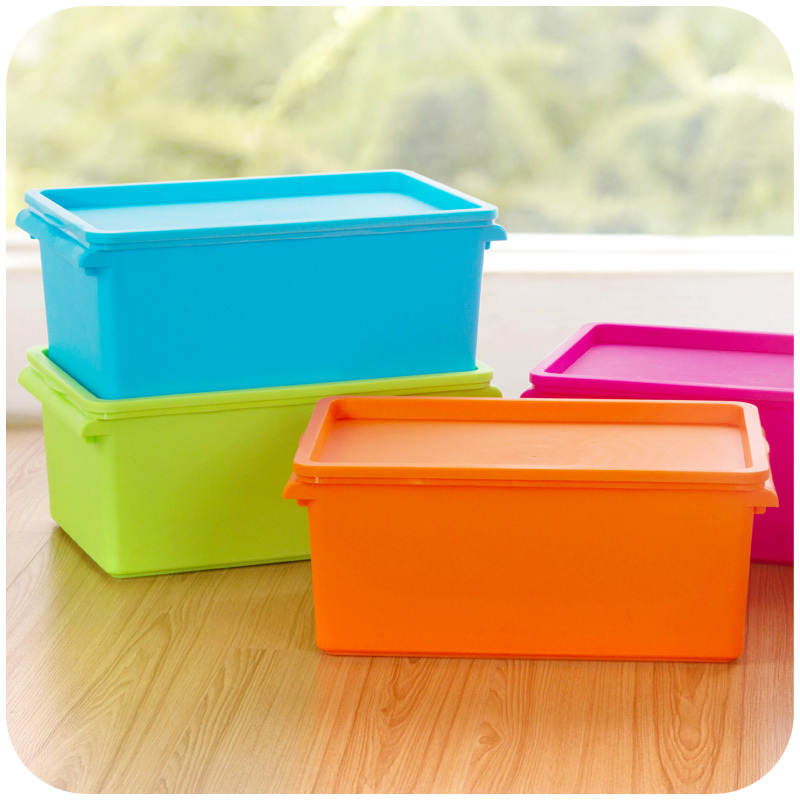The principle of the elisa experiment seems to be very simple, nothing more than fixing the antigen, adding primary antibodies, secondary antibodies and substrates, mixed with washing and blocking. However, even the bland washing and sealing, if not done well, may ruin the entire experiment. At the end of the experiment, whether we can get meaningful information depends largely on the signal-to-noise ratio of the results. Background noise can affect your judgment of the results. How to reduce the background of the ELISA, there are some tips below.
Washing is very important
The washing step may seem boring, but it is important because if unbound material (such as non-specifically bound antibodies or detection reagents) remains in the microplate, it will increase background noise. If necessary, increase the salt concentration in the wash solution, which prevents non-specific binding reactions. If the background is too high and you suspect that the wash is not enough, try increasing the number of washes.
Closed more critical
The role of the blocking solution is to allow unrelated proteins to occupy potential binding sites in the microplate. This reduces the chance of non-specific binding of antibodies that produce signals. Of course, you also want antibodies to bind only to the protein of interest. If your background is too high and you suspect that the closure is not adequate, you can try a higher concentration of blocking solution or extend the closure time appropriately.
If you have been plagued by background issues, then maybe you should spend some time optimizing the sealant. This may take time, but it is also worth it. There are currently two main types of blocking fluids: protein and non-ionic detergents. The type you use depends on several factors, including the surface reagents of the microplate, the adsorbed antigen, your antibodies, and the test reagents. A good blocking solution should reduce non-specific binding, but it should not interact with antigens, antibodies or detection reagents.
The most commonly used nonionic detergent is Tween-20. This blocking solution is inexpensive, stable, and useful for removing some non-specific binding during the washing process. But they only work when they exist, because they are easy to wash off. Therefore, a blocking solution must also be added to all washing solutions. Do not use high concentrations (normal concentrations of 0.01-0.1%), which will reduce specific binding and produce false negatives. Another option is to use two blocking solutions, protein and non-ionic detergents, which assist in the closure during the washing process.
Protein blocking solutions are different and permanent. They bind to and block the open site while stabilizing the antigen molecules that bind to the microplate. Commonly used protein blocking solutions include bovine serum albumin (BSA), skimmed milk powder, normal serum and fish gelatin. The intrinsic diversity of serum components allows it to effectively intercept many different types of molecular interactions. However, it has the disadvantage of being able to interact with Protein A and IgG antibodies. One way to solve this problem is to use normal serum from chicken or fish.
Antibody concentration must be optimized
We usually follow the steps left by the brothers and sisters, but if the reagents are slightly different, you may need to optimize the amount of antibody. Remember that non-specific antibody binding increases background. To prevent this, do not use too much primary or secondary antibody.
The amount of detection reagent should be appropriate
Another point is also obvious: don't use too much testing reagents. If the concentration is too high or not diluted correctly, it will result in a high background. Also don't overexpose, if necessary, optimize when you should add stop solution.
If your ELISA unfortunately encounters a high background, then don't worry too much, look at the components in the ELISA system in turn, and eliminate possible problems. Careful optimization, I believe that there will be beautiful results soon. 
UY hydraulic cylinder for metallurgical equipment. This product is the standard product of heavy Machinery enterprises, and the standard number is. JB / zq4180-1997.
Technical characteristics
Reliable work, impact resistance, pollution resistance, suitable for high temperature, high pressure, harsh environment
Impact-resistant hydraulic cylinder
Anti-pollution hydraulic cylinder
Hydraulic cylinder for metallurgical equipment
Application field
Smelting, casting and rolling, transportation, transportation, power and other equipment.
Type
Size(mm)
Class
Max. Flow
Nominal Flow
Transitional Flow
Min. Flow
Min. Reading
Max. Reading
m³/h
L/h
m³
LXSGZ-15E
LXSGZR-15E
15
B
3.125
2.5
50
31.25
0.00005
99999
40
25
32
20
25
15.62
LXSGZ-20E
LXSGZR-20E
20
B
5
4
80
50
64
40
51.2
32
40
25

White Wedding Dresses,Wedding Dresses in Color,Purple Wedding Dresses test
Bossgoo Wedding Company Co., Ltd. , http://ci.bossgoodemo.com